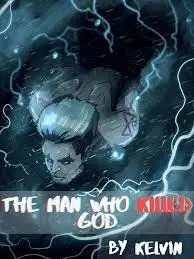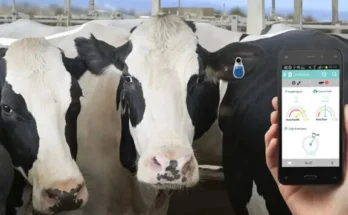
Byung’s life had been an unrelenting saga of adversity and prejudice, all attributable to his unfortunate physical appearance. The Man Who Killed God. From the moment he entered this world, his countenance had set him apart, making him a perpetual outsider in a society that valued beauty above all else. This relentless cycle had pushed him further down the social hierarchy, rendering him just another face in the crowd, destined for an ordinary and forgettable existence.
However, the course of Byung’s life would soon take an extraordinary turn, as a mysterious mark emerged on his skin, casting a shadow of uncertainty over his future. It was a symbol that defied comprehension, leaving both Byung and those who saw it puzzled and intrigued in equal measure. The appearance of this enigmatic mark would herald a profound transformation in his life, one that would challenge his very understanding of reality.
As Byung delved deeper into the mysteries surrounding the mark, he would come to realize that it held the key to a world far beyond the boundaries of ordinary human perception. This newfound awareness opened a door to a supernatural realm that had long remained hidden within the shadows of humanity. It was a world inhabited by beings who bore an uncanny resemblance to humans but possessed something infinitely more intricate and arcane.
Within this hidden realm, Byung would encounter individuals who mirrored human existence yet were fundamentally different. They were the enigmatic denizens of the supernatural, each harboring unique abilities and characteristics that defied the laws of nature. These beings moved through the same world that humans occupied, often in plain sight but hidden from mundane perception.

Byung’s journey into this supernatural world was both bewildering and awe-inspiring. He discovered communities and societies that thrived in parallel with the human world, their existence shrouded in secrecy to protect them from the scrutiny of the unaware. These supernatural beings had forged their own intricate hierarchies and alliances, governed by rules that transcended human comprehension.
In his exploration of this hidden world, Byung encountered beings with the power to manipulate the elements, shape-shift, and wield mystical energies beyond human understanding. He witnessed their intricate rituals, ceremonies, and traditions, each steeped in ancient wisdom and mysticism.
However, this newfound knowledge came at a price. Byung found himself at the center of a delicate balance between two worlds, teetering on the precipice of profound transformation. The mark that had initiated his journey also marked him as a bridge between these realms, a conduit for forces far beyond his control.
As Byung navigated this complex and treacherous terrain, he faced challenges that tested his resolve and character. The supernatural world was a realm of intrigue, danger, and hidden agendas, where trust was a rare commodity, and deception lurked in the shadows.
Conclusion
Byung’s life had taken an unexpected and extraordinary turn, leading him into a world that few would ever comprehend or even believe existed. His journey was a testament to the unfathomable mysteries that lay beneath the surface of reality, a reminder that appearances could be deceiving, and that sometimes, the most profound transformations come from the most unexpected places. Byung had stepped into a world that was both mesmerizing and perilous, forever altering the course of his existence.


